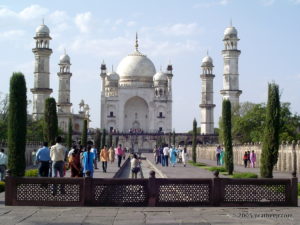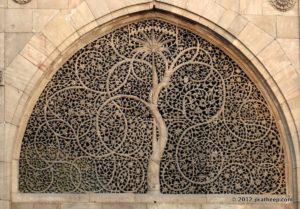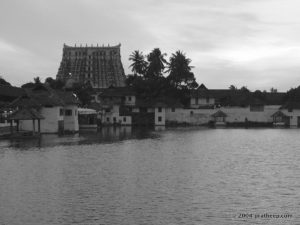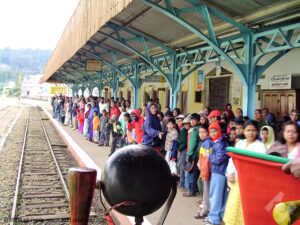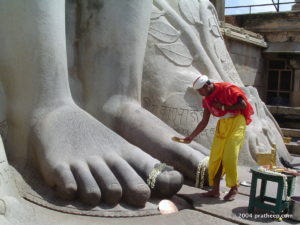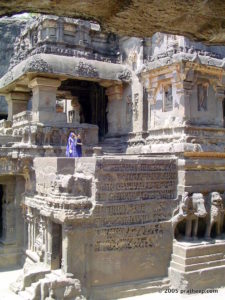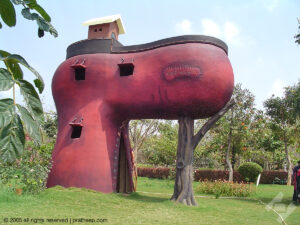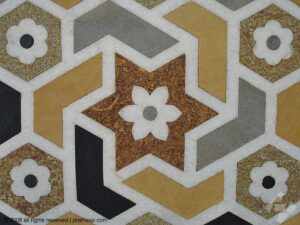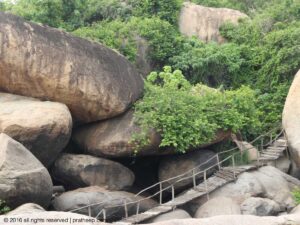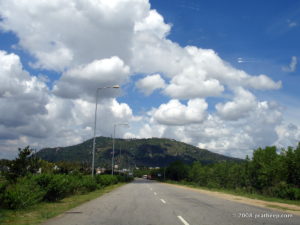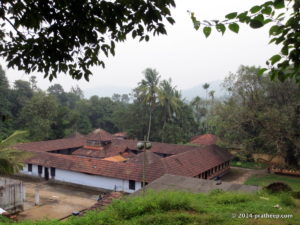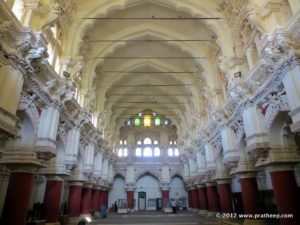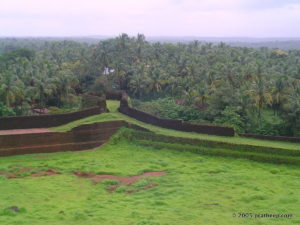Ahmedabad
The city was founded in 1411 by Sultan Ahmed Shah to serve as the capital of the Gujarat Sultanate.
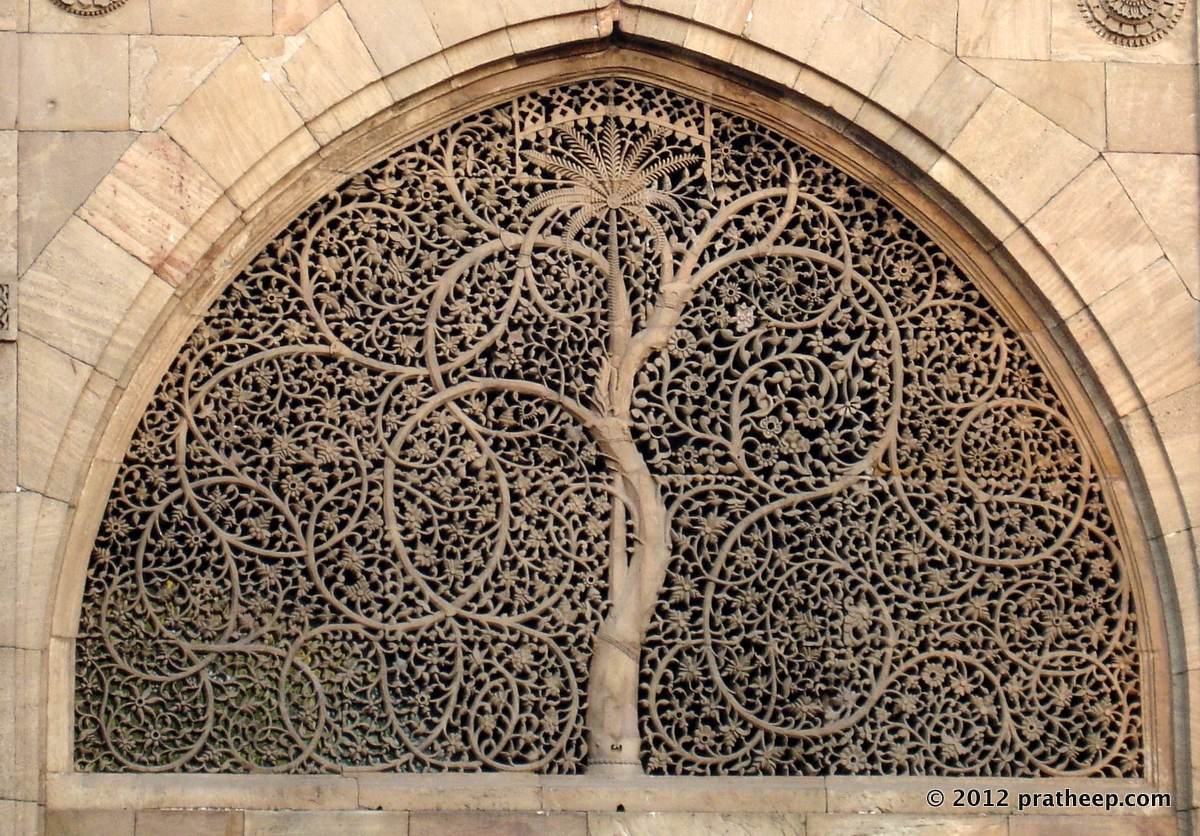
Sand stone latticework windows (jalis) of the Sidi Saiyyed Mosque.
The Sidi Saiyyed Mosque, popularly known as Sidi Saiyyid ni Jali locally, built in 1572 AD, is one of the most famous mosques of Ahmedabad. IIM , Ahmedabad's logo is inspired by this work.
Ahmedabad ( Amdavad) is the largest city of Gujarat.This city is located on the banks of River Sabarmati, also famous for the ashram of Ghandi.
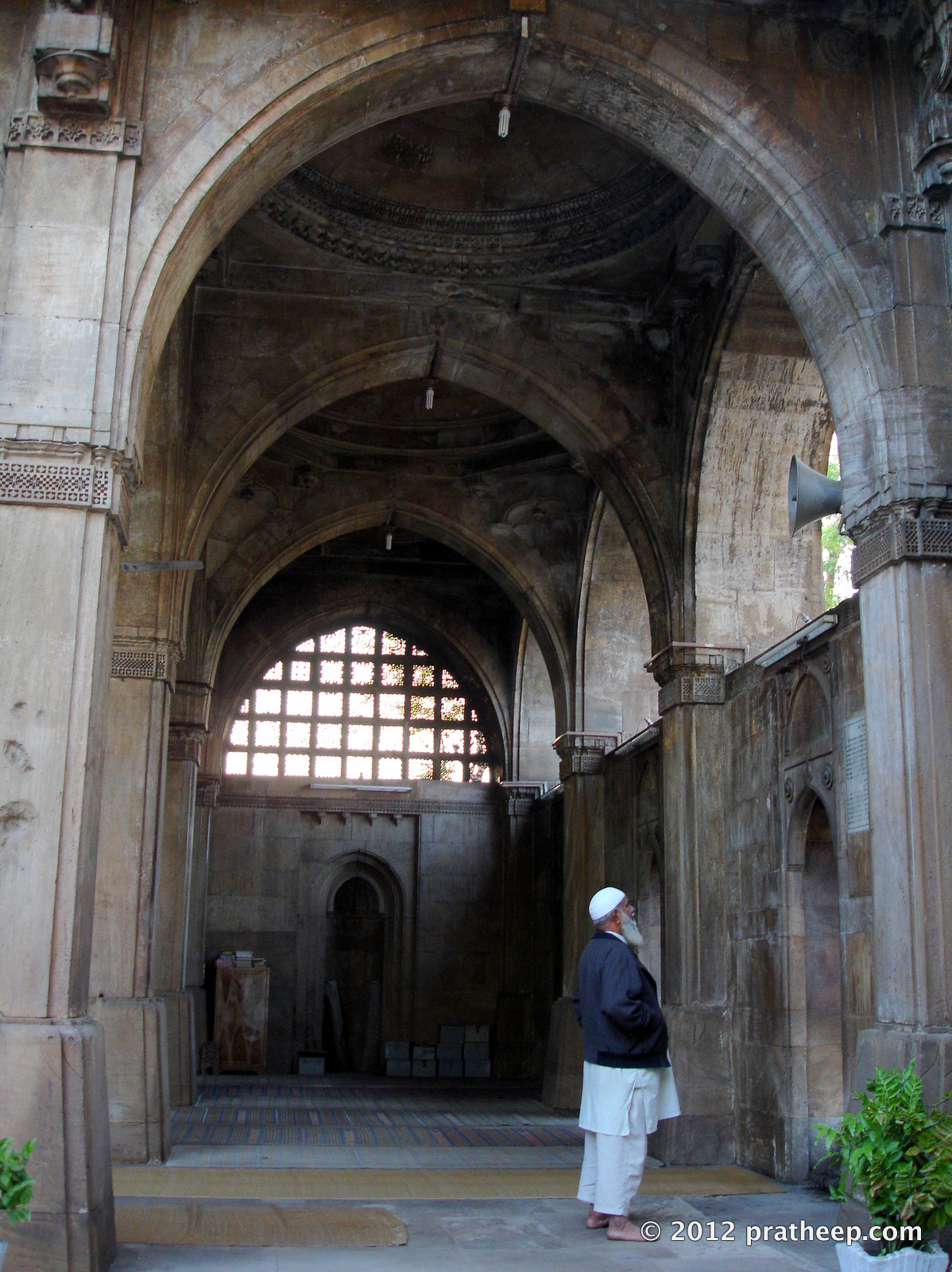
Inside the Sidi Saiyyed Mosque
| Inside the Sidi Saiyyed Mosque
The mosque is entirely arcuated and is famous for beautifully carved ten stone latticework windows (jalis) on the side and rear arches. The rear wall is filled with square stone pierced panels in geometrical designs. The two bays flanking the central aisle have reticulated stone slabs carved in designs of intertwined trees and foliage and a palm motif.
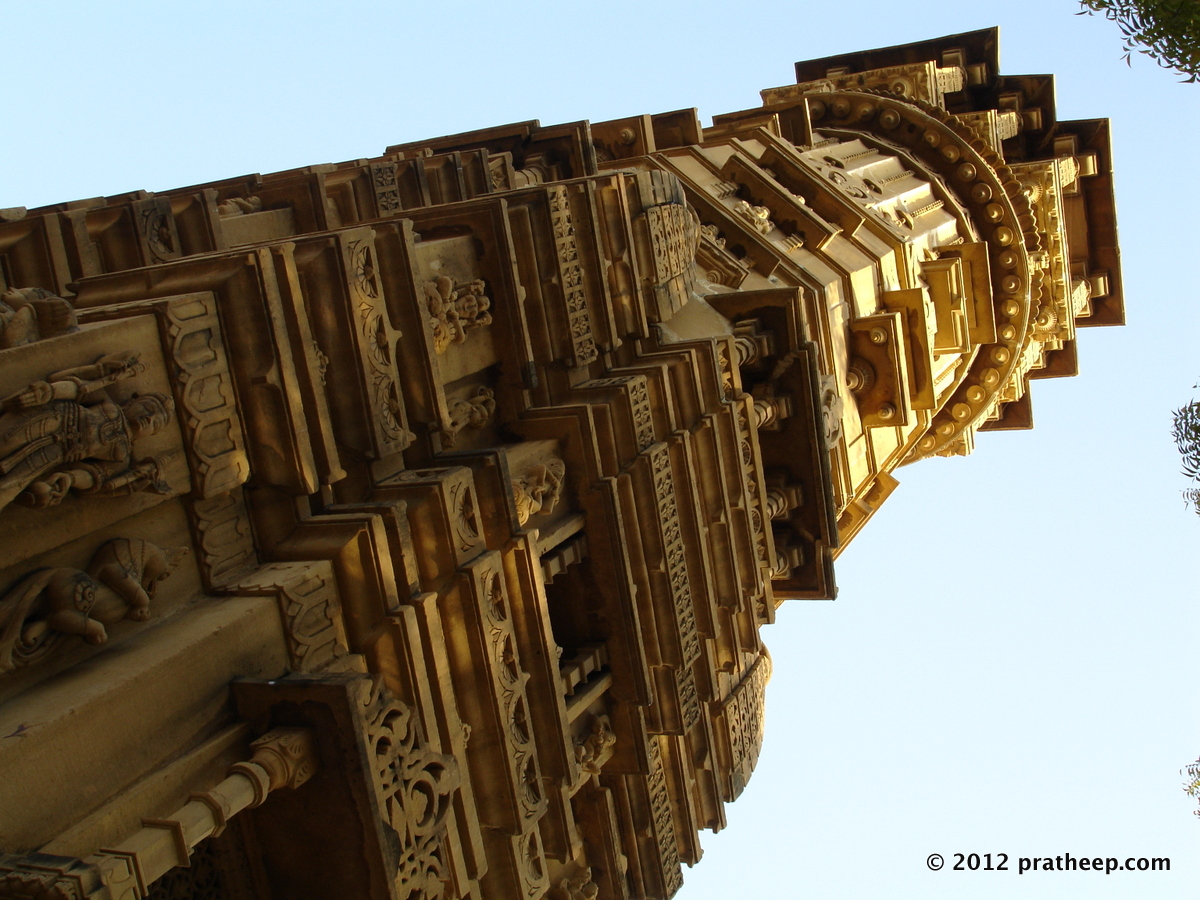
Kirti Stambh in Hutheesing Jain Temple.
| Kirti Stambh in Hutheesing Jain Temple
Inspired by the 12th century Kirti Stambha situated at Chittorgarh fort in Rajasthan
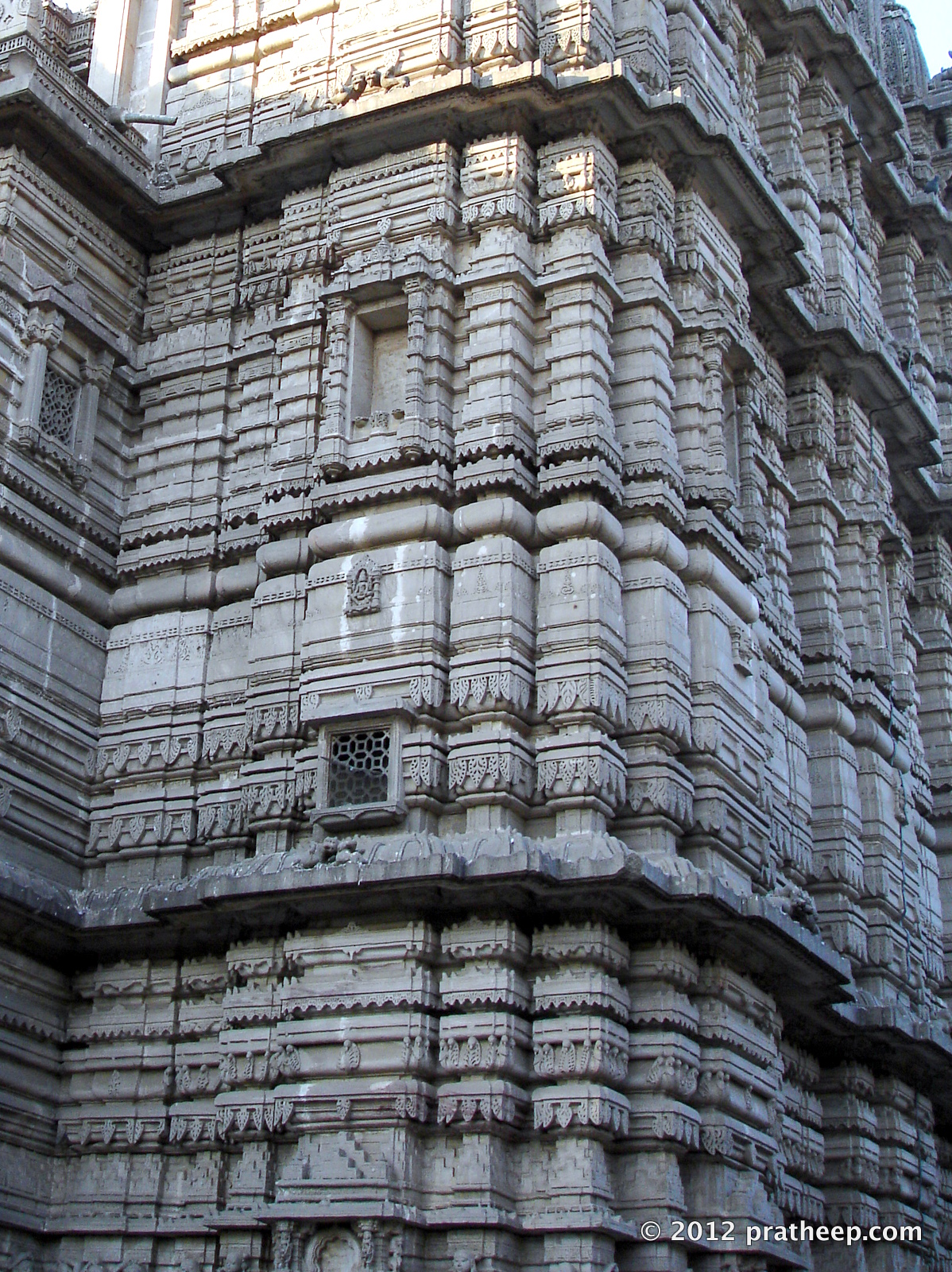
Hutheesing Jain Temple
| Outerwall of Hutheesing Jain Temple
Outerwall of Hutheesing Jain Temple
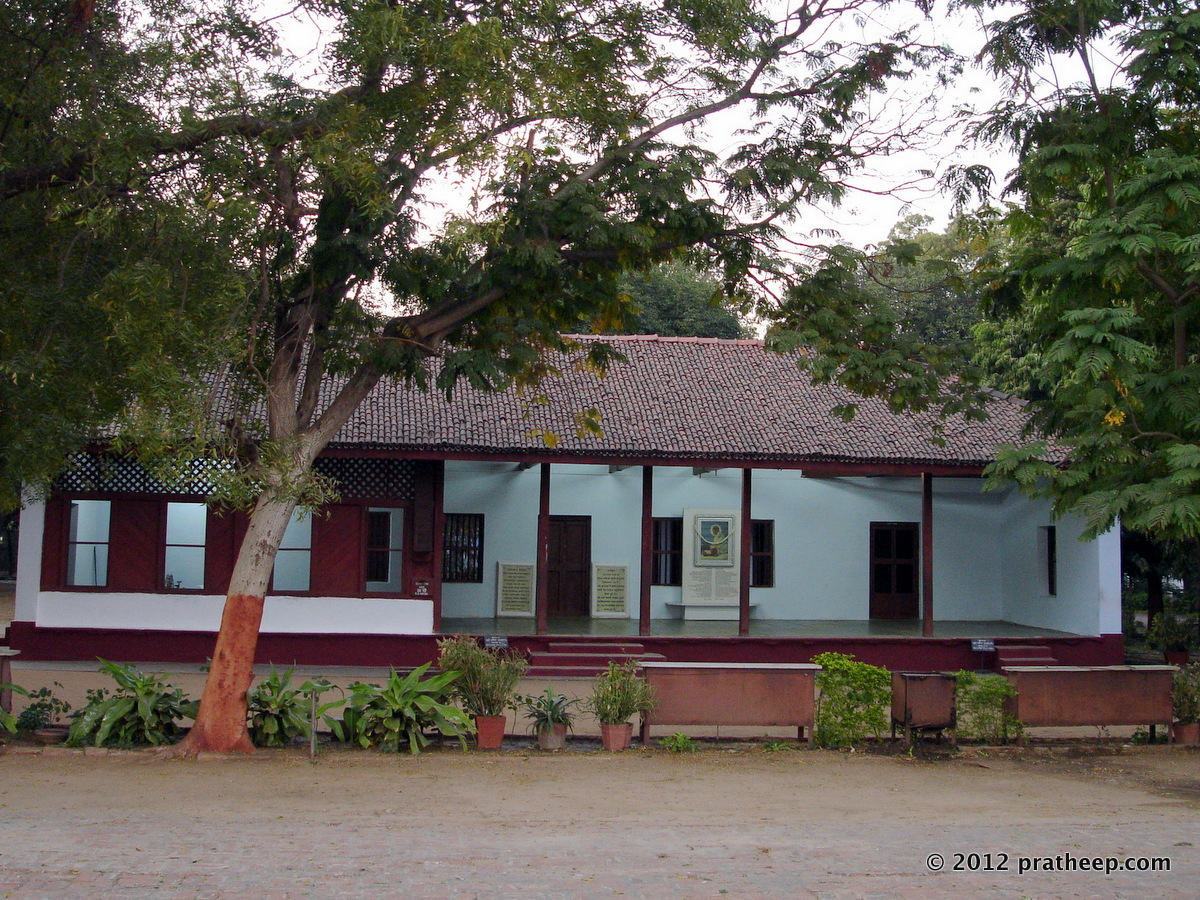
Sabarmati Ashram
| Sabarmati Ashram
Sabarmati Ashram (Gandhi Ashram) is in the Sabarmati, on the banks of the River Sabarmati.
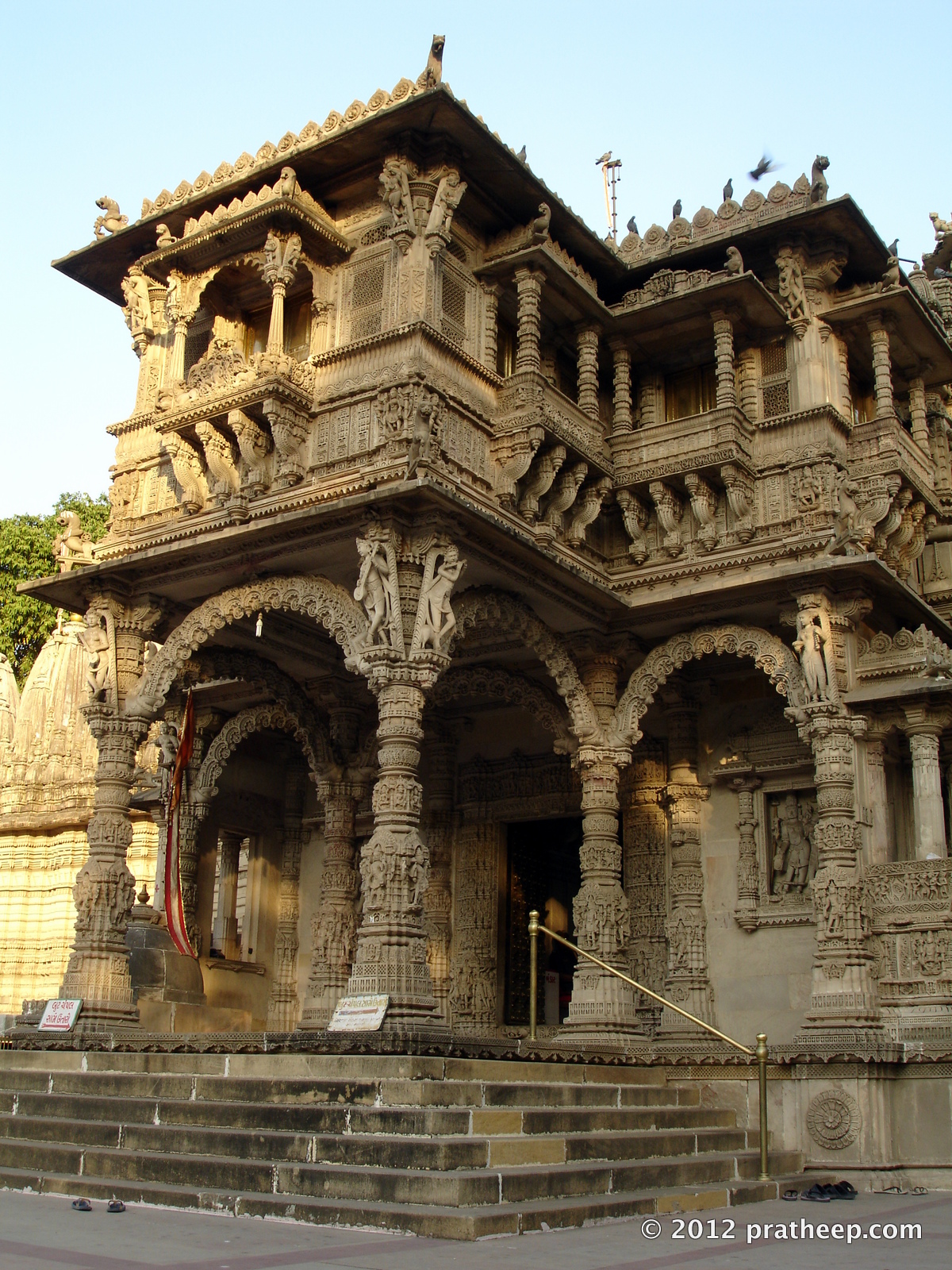
Hutheesing Temple ( હઠીસિંહનાં દેરા )
| Hutheesing Temple ( હઠીસિંહનાં દેરા)
Built in 1848 by a wealthy Ahmedabad trader, this is the best known Jain temple in Ahmedabad city.

Kalupur
| Kalupur
Gateway to Shree Swaminarayan Temple
GALLERY
Sand stone latticework windows (jalis) of the Sidi Saiyyed Mosque.

Sand stone latticework windows (jalis) of the Sidi Saiyyed Mosque.
The Sidi Saiyyed Mosque, popularly known as Sidi Saiyyid ni Jali locally, built in 1572 AD, is one of the most famous mosques of Ahmedabad. IIM , Ahmedabad's logo is inspired by this work.
Inside the Sidi Saiyyed Mosque

Inside the Sidi Saiyyed Mosque
The mosque is entirely arcuated and is famous for beautifully carved ten stone latticework windows (jalis) on the side and rear arches. The rear wall is filled with square stone pierced panels in geometrical designs. The two bays flanking the central aisle have reticulated stone slabs carved in designs of intertwined trees and foliage and a palm motif.
Kirti Stambh in Hutheesing Jain Temple.

Kirti Stambh in Hutheesing Jain Temple
Inspired by the 12th century Kirti Stambha situated at Chittorgarh fort in Rajasthan
Hutheesing Jain Temple

Outerwall of Hutheesing Jain Temple
Outerwall of Hutheesing Jain Temple
Sabarmati Ashram

Sabarmati Ashram
Sabarmati Ashram (Gandhi Ashram) is in the Sabarmati, on the banks of the River Sabarmati.
Hutheesing Temple ( હઠીસિંહનાં દેરા )

Hutheesing Temple ( હઠીસિંહનાં દેરા)
Built in 1848 by a wealthy Ahmedabad trader, this is the best known Jain temple in Ahmedabad city.
Kalupur

Kalupur
Gateway to Shree Swaminarayan Temple




